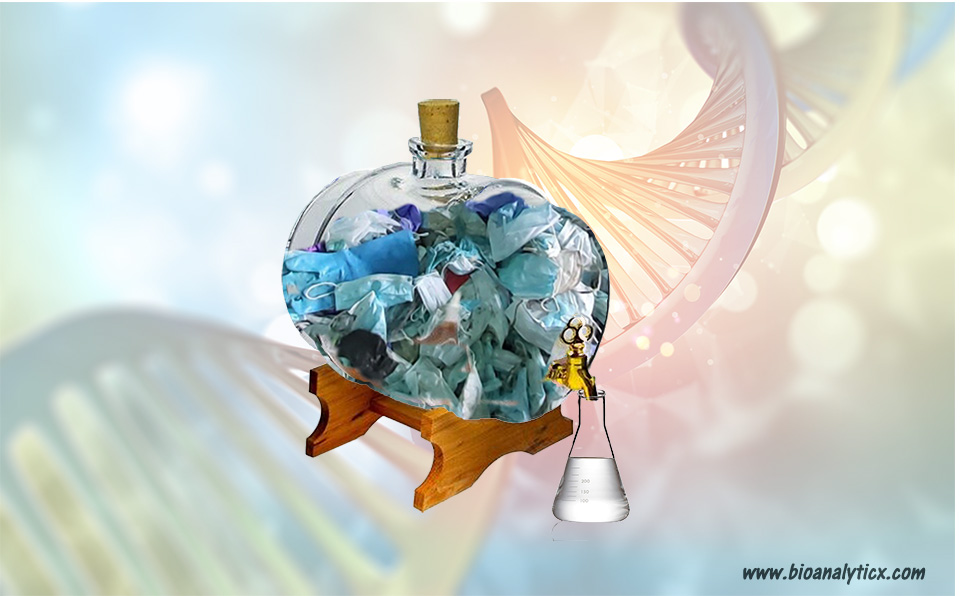
There are different ways of doing such things. Considering the COVID-19 virus as an example, a straightforward option is,
Get a large number of the used masks and socked them in water. Then, decant the water out and evaporate it using freeze drying. Freeze drying is a technique where water can easily be removed under low pressure by reducing the boiling temperature of the water so it would not disturb things in the water.
Once one has the dry powder residue, apply it to animals (not to humans, at least not yet) and see if the disease develops. If not, then forget about the virus or COVID-19. There is no virus. On the other hand, if yes, start further fractionation while monitoring with animal/bioassay until a fraction containing only the caustic agent/virus is obtained. There are techniques available for doing such fractionation, e.g., chromatography.
No culturing, PCR, sequencing, or computer modeling is needed. One will have the virus (reference/gold standard) if it is there. That can be used for further evaluation and characterization (sequencing, structure elucidation, etc.)
If necessary, it (the PCR) will come after the caustic substance has been isolated. It is quite possible the caustic agent might not even be a virus (or biologic) but may be a simple metabolite of body physiology or from the metabolism of some consumed material such as a drug.
The approach described above is well-established in science and is often used for extracting/isolating substances.
For further information, please consider obtaining a copy of Helpful Notes, where I describe scientific aspects of modern-day medicines in simple language.

2 thoughts on “Establishing Isolation And Existence Of Virus/Pathogen – A Scientific Approach”
Comments are closed.